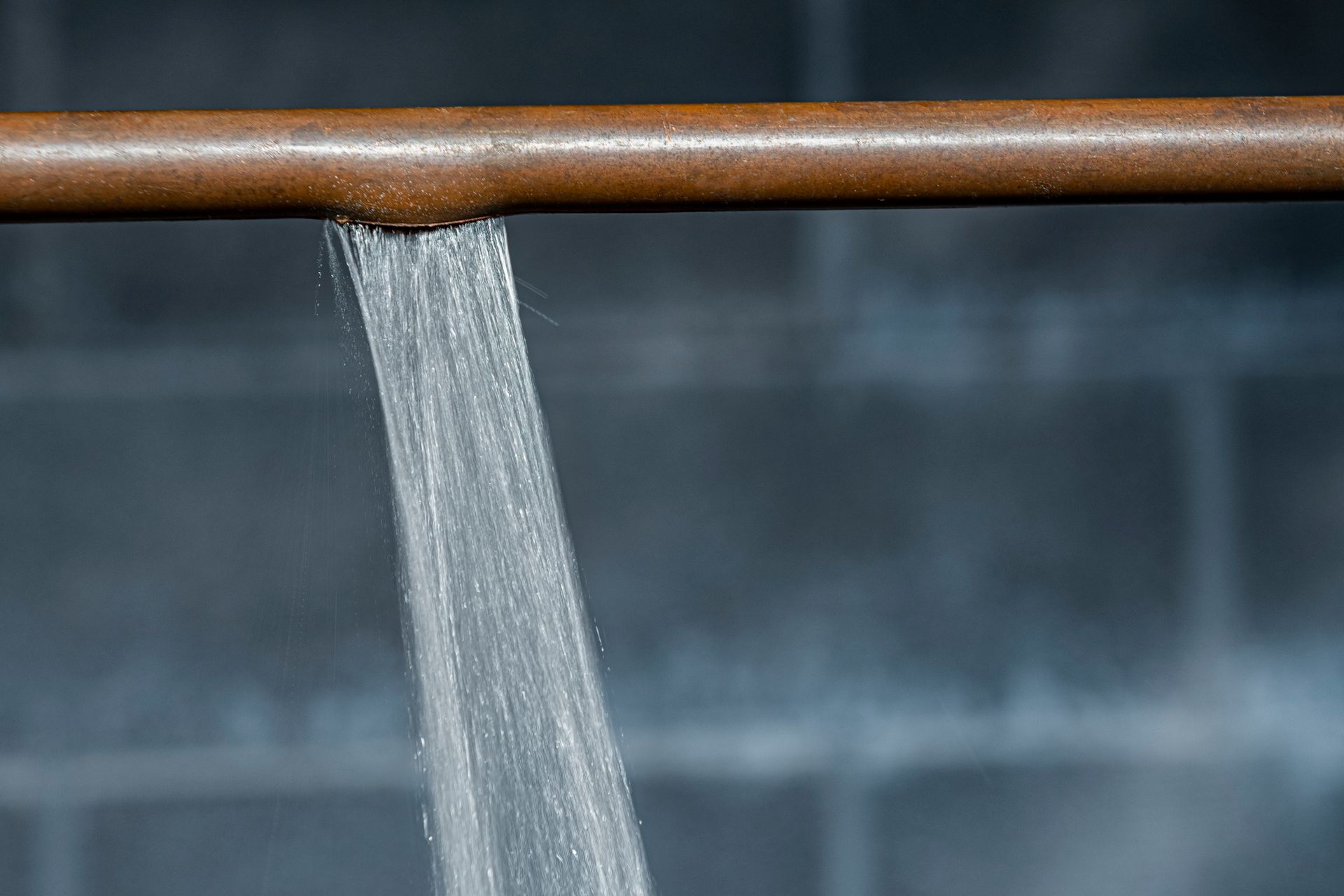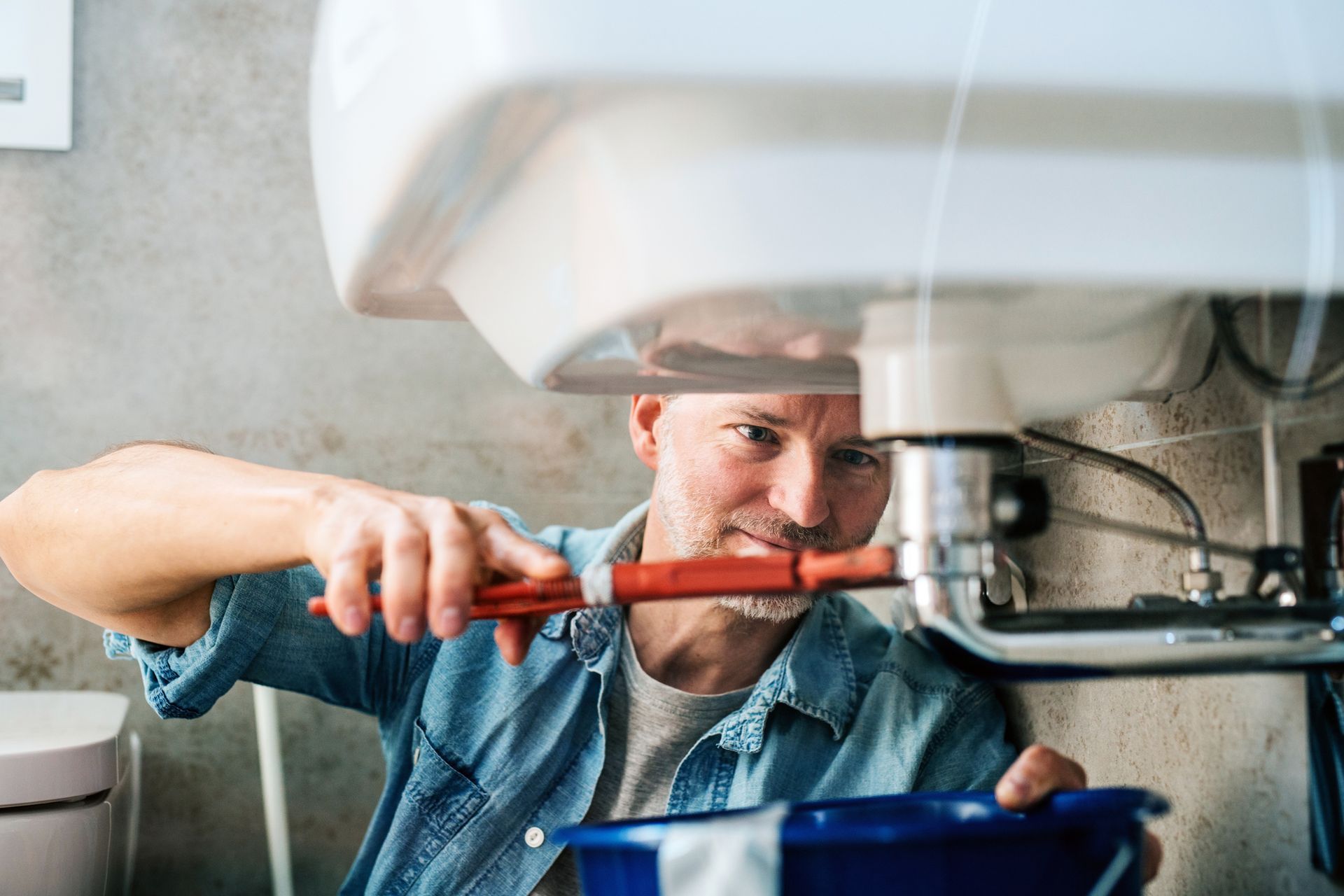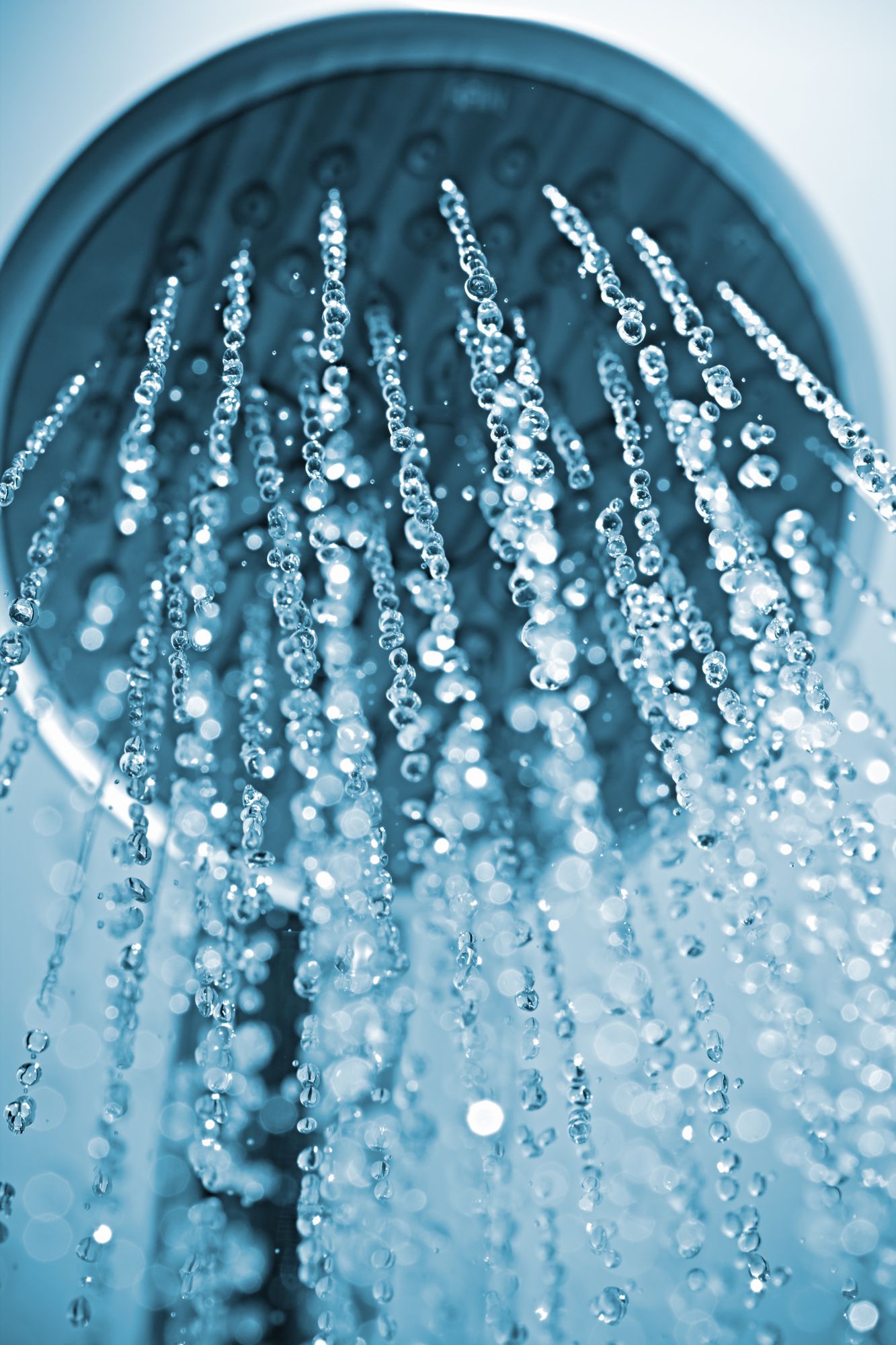A Homeowner’s Guide to Water Shutoff Valves

Every homeowner should know where their home’s water shutoff valves are located and how they work. These valves help you control the flow of water into and throughout your home. They can also help you prevent extensive home water damage if a water fixture malfunctions or a water pipe bursts and you need to shut off the flow of water in your home in a hurry.
Read on to learn more about your home’s water shutoff valves, the valve types available today, and the signs you need new valves.
Shutoff Valves Present in Homes
Most homes today have two main types of water shutoff valves. These include the main shutoff valve and the branch line valves.
Main Shutoff Valve
Every home has a main shutoff valve. This valve stops the flow of water into your entire home. The location of this valve can vary depending on your home’s foundation and several other factors.
If you have a basement, then this valve is typically located within 3 to 5 feet of where the water main line emerges through the front basement wall. If your home has a crawlspace or was built on a slab foundation, then this valve is likely located near the water heater or kitchen sink.
However, if your home is extremely old, then this valve could be located in your home’s crawlspace or elsewhere in your home.
In homes equipped with the common trunk-and-branch plumbing system design, this may be the only water shutoff valve in the home.
Branch Line or Manifold Shutoff Valves
Some plumbing systems, including manifold systems, are equipped with additional branch line, or manifold, shutoff valves. These valves are typically located where your water main supply line splits off into several smaller branch lines that supply water to separate areas of your home. In manifold plumbing systems, these shutoff valves are connected to the plumbing manifold. In other plumbing systems, the location of these valves may vary.
These shutoff valves allow you to stop the flow of water to a specific area of your home in the event of an isolated pipe leak or water fixture problem or when a plumbing repair is needed. By using these values, you can avoid the inconvenience of shutting off the water supply to your entire home.
Some homes also have shutoff, or stop, valves that control flow of water to individual water fixtures.
Types of Shutoff Valves
While many types of water valves are available today, the two most common residential water shutoff valves are gate valves and ball valves.
Gate Valves
Gate valves have traditional, circular handles that raise and lower a gate located inside of a water pipe to stop and start the flow of water into it.
These valves are often located in older homes and have several disadvantages. First, you must typically turn the handle several times slowly to stop the flow of water. While this may only take several seconds, you want a valve that shuts water off as quickly as possible after a pipe bursts or begins leaking — to limit water damage.
These valves are also very susceptible to corrosion that can lead to the valve failing over time. And gate valves also have a tendency to get stuck in one position or become difficult to turn over time.
However, gate valves are relatively affordable and, since they shut off water supply more slowly, are less likely to cause water hammers than modern ball valves.
Ball Valves
A ball valve has a lever handle connected to a hollow ball that stops and starts the flow of water into a pipe as the lever is turned. Modern homes are typically equipped with ball valves instead of gate valves due to their unique advantages.
Ball valves stop the flow of water more quickly than gate valves, and they form a tighter seal within the pipe. These valves also have longer lifespans than gate valves, since they are less likely to develop corrosion over time. In addition, since a ball valve requires just a quick turn of a lever to shut off water supply, this valve style is easier for many people to operate.
However, ball valves tend to cost slightly more than gate valves.
Signs You Need Valve Replacement or Repair
Every homeowner should test their water shutoff valves once a year to ensure they are still in good working order. To test each valve, first turn its handle or lever to the off position to shut off the water supply, then turn it to the on position to restore water flow several times.
If the valve is difficult or impossible to turn or it does not completely shut off the water supply, you should have the valve repaired or replaced immediately. In addition, if water leaks from the valve when stopping and restoring the water supply, you should have a licensed plumber inspect it and, if needed, repair or replace it.
Your home’s water shutoff valves are one of the most important plumbing components in your home due to their ability to stop and start the flow of water. Contact the licensed plumbers at Jim Dhamer Plumbing and Sewer, Inc. , for needed water shutoff valve repair or replacement today. Call (630) 964-2222 for more information.
The post A Homeowner’s Guide to Water Shutoff Valves appeared first on .
Leave A Reply
More Posts









